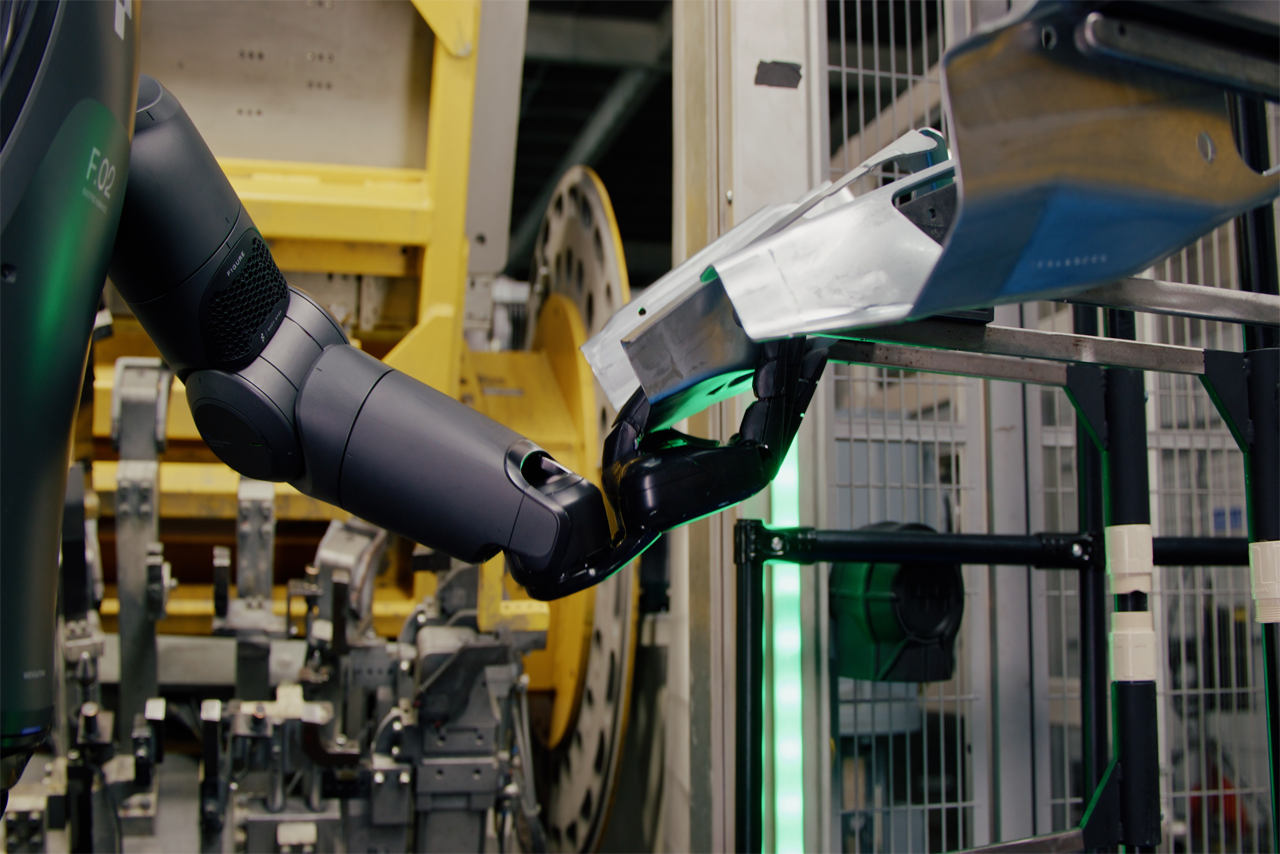For decades, science fiction has promised humanoid robots working alongside humans. While industrial robots have transformed manufacturing, these machines have been confined to fixed positions, performing repetitive tasks in controlled environments. But what about warehouses, offices, and homes—spaces designed for humans? Enter Digit, a revolutionary humanoid robot from Agility Robotics, designed to work in human environments, handle dynamic tasks, and integrate seamlessly into existing workflows.
Digit: A TIME Magazine Top 200 Invention of 2024
In 2024, Digit was recognized as one of TIME Magazine’s 200 Best Inventions, marking a major milestone for humanoid robotics. But what makes Digit so special?
Unlike traditional industrial robots, Digit is built for versatility. It can walk, carry objects, and adapt to different environments. Now deployed in Amazon warehouses, Digit is proving its value in real-world operations, taking on physically demanding tasks while working alongside human employees.
The Evolution of Digit: A Breakthrough in Humanoid Robotics
Agility Robotics, founded in 2015, evolved from Oregon State University’s Dynamic Robotics Lab. The company’s early innovations included Cassie, a bipedal robotic platform that set a Guinness World Record for the fastest 100-meter run by a robot.
Building on Cassie’s success, Agility Robotics introduced Digit—a bipedal humanoid robot equipped with arms, a perception system, and artificial intelligence. The goal? To bring robots into real-world settings where traditional automation has struggled.
What Makes Digit Unique?
1. Designed for Human Spaces
Digit stands at 175 cm (5’9”)—the height of an average adult—allowing it to navigate workplaces, climb stairs, and move through standard doorways. Unlike wheeled robots that require smooth surfaces, Digit’s bipedal locomotion lets it operate in a variety of environments, from warehouses to retail stores.
2. Dynamic Stability & Human-Like Motion
Unlike conventional robots that rely on rigid stability, Digit uses dynamic stability, continuously adjusting its posture to maintain balance, even when pushed or navigating uneven terrain. This makes it one of the most adaptable humanoid robots on the market.
3. Versatile Task Capabilities
While most robots are designed for a single task, Digit can be programmed for multiple roles, including:
- Unloading mobile robots
- Loading and unloading racks
- Stacking and destacking totes
- Palletizing and depalletizing
- Sorting and organizing inventory
4. AI-Powered Perception and Navigation
Digit is equipped with advanced vision sensors and AI-driven perception systems, allowing it to:
- Recognize objects and obstacles
- Navigate complex environments
- Adapt to changing work conditions in real-time
5. Autonomous Charging & Scalable Operations
Digit features autonomous docking, allowing it to recharge without human intervention. This makes it ideal for continuous operations in logistics and fulfillment centers.
Amazon’s Game-Changing Partnership with Agility Robotics
In 2023, Amazon partnered with Agility Robotics to integrate Digit into its warehouse operations. This was a game-changer for humanoid robotics. Despite decades of warehouse automation, many tasks—like unloading trucks or stacking irregular packages—remained difficult to automate.
By mimicking human motion and handling multiple tasks, Digit is helping Amazon streamline operations while reducing physical strain on workers. The e-commerce giant describes this partnership as “expanding their labor pool”, rather than replacing human jobs outright.
Inside Agility Robotics’ RoboFab: The World’s First Humanoid Robot Factory
To scale production, Agility Robotics opened RoboFab in 2023—the world’s first dedicated humanoid robot factory. Located in Salem, Oregon, RoboFab is designed to manufacture 10,000 Digit robots per year. The facility employs a modular assembly process, optimizing production efficiency and reducing costs.
This breakthrough in manufacturing means Digit isn’t just a research project—it’s a commercially viable product ready for large-scale deployment.
The Future of Humanoid Robotics: What’s Next for Digit?
1. Expansion Beyond Warehouses
While logistics is the initial focus, Agility Robotics envisions Digit moving into other industries, including:
- Retail & Inventory Management – Stocking shelves and assisting customers.
- Last-Mile Delivery – Carrying packages from delivery vehicles to doorsteps.
- Elder Care & Home Assistance – Helping with household tasks.
- Hazardous Work Environments – Operating in disaster response and dangerous job sites.
2. AI-Driven Improvements
With continued AI advancements, future versions of Digit will feature:
- Better object recognition & interaction
- Enhanced dexterity for more complex tasks
- Improved energy efficiency for longer operational hours
3. Integration with Other Robotics Systems
Digit isn’t replacing all automation—it’s complementing existing robotics systems. For example, it can work alongside Autonomous Mobile Robots (AMRs), handling dexterous tasks while AMRs transport goods.
Will Digit Be in Your Workplace Soon?
Humanoid robots like Digit aren’t a far-off dream—they’re already here. With large-scale manufacturing underway and corporate adoption growing, it’s only a matter of time before these robots become a common sight in warehouses, retail spaces, and beyond.
As Agility Robotics’ co-founder Jonathan Hurst puts it:
“Now that we have the technology and know how to do it, robots will be everywhere—delivering packages, working in warehouses, and making our lives easier.”
The question isn’t if humanoid robots will become mainstream—it’s how fast it will happen.
Final Thoughts: The Future of Work with Humanoid Robots
Humanoid robots like Digit represent a pivotal shift in automation. Just as the automobile transformed transportation, humanoid robots could redefine labor across multiple industries. But unlike cars, which required new infrastructure, humanoid robots are designed to fit seamlessly into the spaces we already use.
So, will you be working alongside a Digit robot in the next five years? The odds are increasingly in favor of yes.
Stay Updated on Robotics & AI
If you’re fascinated by the future of robotics, subscribe to our newsletter for the latest updates on humanoid robots, automation trends, and AI breakthroughs.
What are your thoughts on Digit? Do you see humanoid robots becoming part of everyday workplaces soon? Let us know in the comments!






